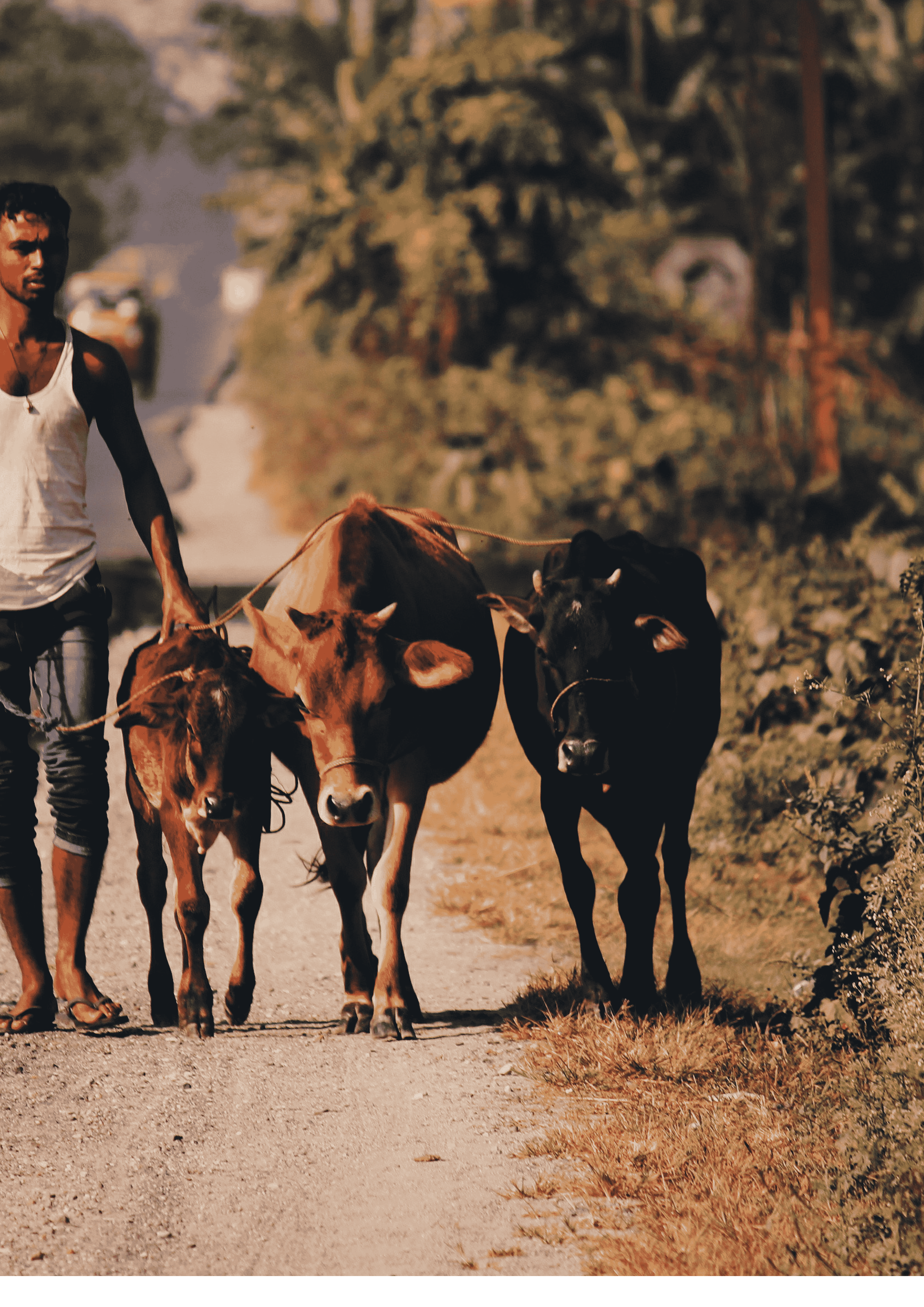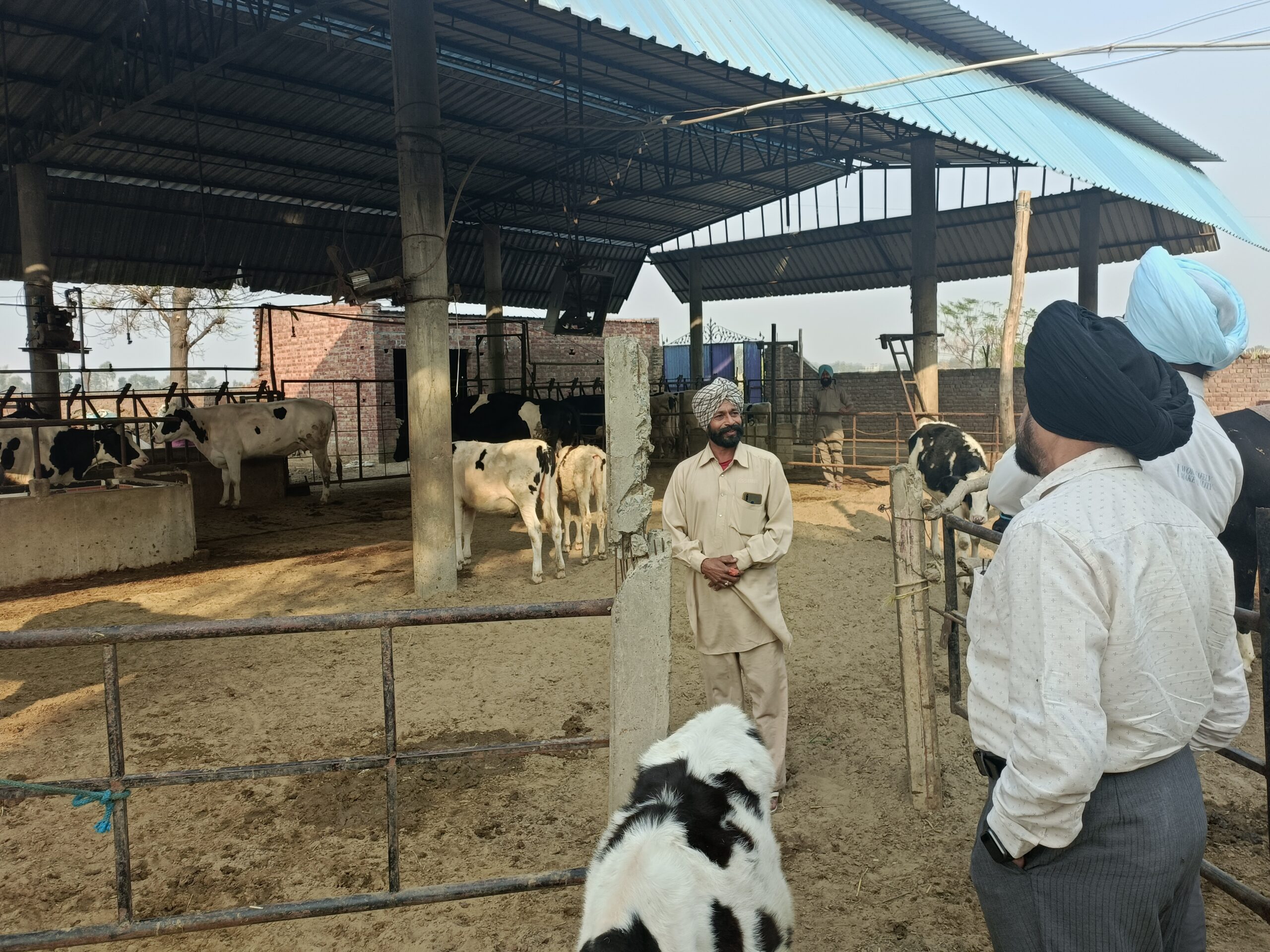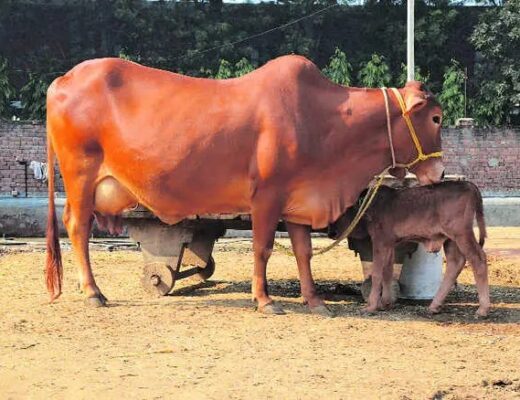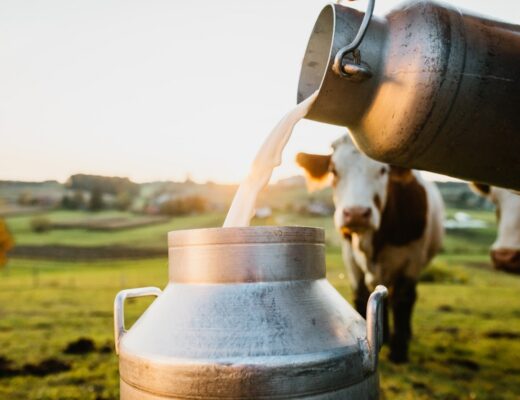Cold Stress
Cold stress in cattle is when their body temperature drops because their body’s natural metabolic processes plus the heat retained by a heavy winter coat are not enough to keep them warm.
If a cow has a dry, heavy winter coat, she can withstand temperatures below 18ºF before feeling any cold stress.
How does the cold weather affect a lactating cow’s energy requirements?
- In mild and warm weather conditions, lactating cows require about 25 to 30% more energy than when they are in gestation.
- In colder weather lactating cows require 40 to 60% more energy than if they were dry and pregnant.
- Lactating cows in cold conditions need additional energy to maintain their body condition, and produce milk for their calf while withstand the cold.
- They increase more so when cold conditions dip below their lower critical threshold levels and especially when the wind picks up
.
What is Hypothermia
Hypothermia occurs when the body temperature drops well below normal.
- Mild hypothermia occurs with a body temperature of 30°C–32°C, (86°F– 89°F)
- Moderate hypothermia at 22°C–29°C, (71°F–85°F), and
- Severe hypothermia below 20°C (68°F)
If the rectal temperature drops below 28°C (82°F), cows are not able to return to normal temperature without assistance through warming and the administration of warm fluids.
How Cattle Prepare for Winter
Hair coat: Cattle grow long, thick coats to provide insulation against cold weather. The hair coat needs to stay clean and dry to provide the best insulation protection for the cow.
Body condition: Heifers and dry cows tend to put on more weight in the winter months.
Increase metabolic rate: Cows naturally adjust their metabolic rate to help produce more heat to help maintain their core body temperature.
Caring for Cattle During Cold Weather
1. Shelter
- Provide shelter.
- Provide A wind break
- Providing a roof is ideal
- Providing deep, clean, dry bedding.
- Clean dry hair coat provides better insulation than a dirty, wet hair coat.
- Evaluate the building for drafts that can create a problem
- Look around doors, windows and curtains for areas that should be sealed.
2. Calves
- The calf has very little fat reserve, is born with a wet hair coat, and does not have the benefit of a functioning rumen to generate heat.
- Calves can go through the stages of hypothermia quickly and if rewarming does not occur death cannot be avoided.
- Cows expected to calve in extreme weather must be given shelter or be under constant surveillance to prevent calf loss from hypothermia.
3. Rations
- Cows need more calories to keep themselves warm, especially cows with less than moderate body conditions.
- Sort out thin cows or heifers and provide them more specialized care such as a higher energy ration and less crowded, draft-free shelter.
- It is generally accepted that for every 1°C drop below the lower critical temperature, there is an approximately 2% increase in energy requirements.
- Cows may not be able to eat the amount of extra hay required to maintain their body weight and may have to be fed an additional amount of grain instead of additional hay to meet their energy requirements.
- Make sure cows have ample water available at all times. Limiting water will limit feed intake and make it more difficult for cows to meet their energy requirements.
4. Feed Timings
- Incremental heat production (energy from feed available to produce heat and keep the animal warm) peaks at 6 to 8 hours after cattle eat.
- Feeding in late afternoon or early evening provides additional warmth from fermentation activity in the early morning (or around 4 to 6 a.m.) when temperatures are at their lowest.
- This makes for better use of feed supplies and meet your animals’ higher energy requirements at a time when it is most needed.
5. Water
- Check waterer or water tanks for frozen water. Frozen water or excessively cold water significantly limit water and feed intake.
- Cows can draw water at a rate of 3 to 5 gallons per minute, so the water supply and system need to keep up with demand.
- Cows prefer the temperature of the water to be between 40 and 65ºF. Use a thermometer to determine the temperature of water and provide water heating mechanisms.
- Limiting water will limit feed intake and make it more difficult for cows to meet their energy requirements.
6. Herd Health
- Some cows are designed to handle the cold better than others.
- Older cows, cows with previous health issues, and calves are most susceptible to the cold weather.
- Keep a close eye for potential frostbite to occur. Wet teats and the ears of calves are two of the first spots that get frostbite exposure.
7. Foot traction
- Prevent accumulation of ice as much as possible especially on walking surfaces.
- Ruff up the surface and add sand or gravel for traction
Centre of Excellence for Dairy Skills in India works aggressively to ensure increased productivity & profitability for every dairy farmer. Get Trained with the best on-field experts to get the most practical solutions for all your dairy needs.




